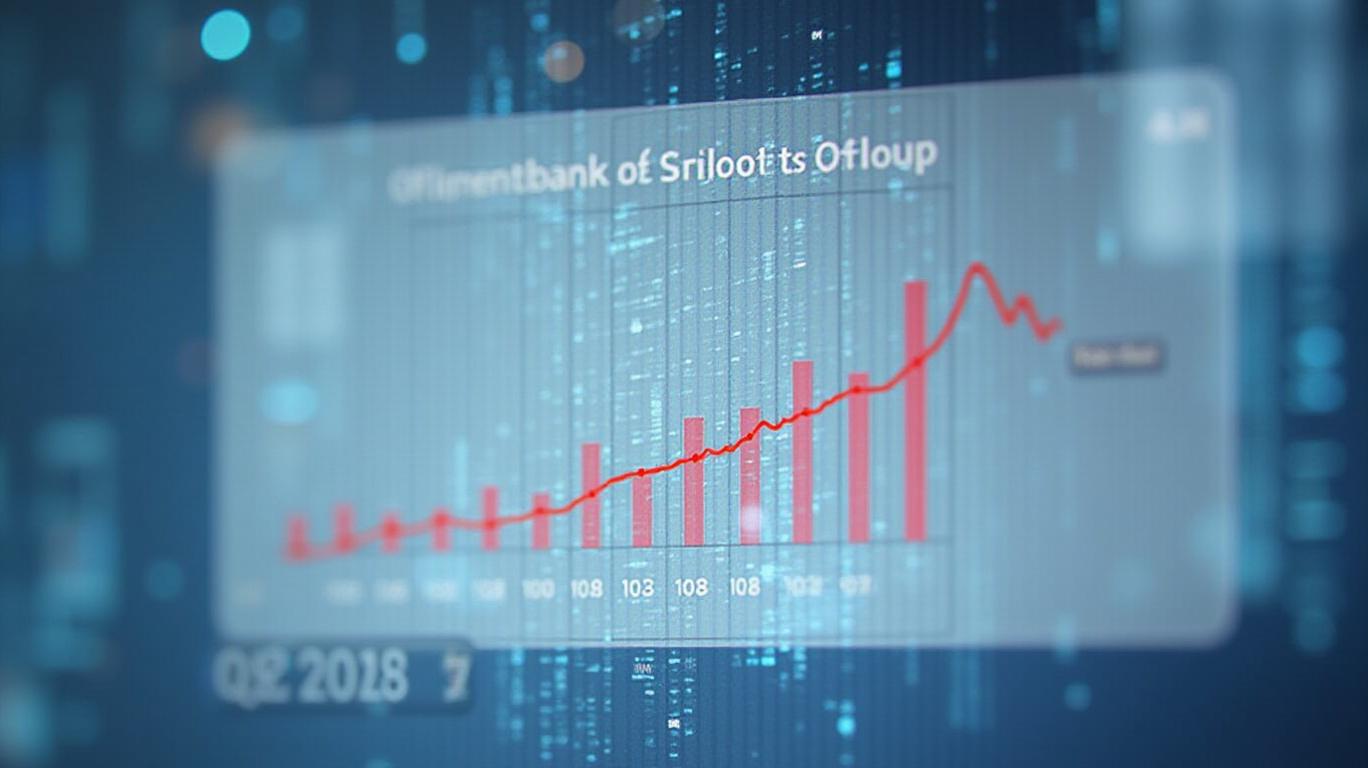Scotiabank's Strategic Resilience: Navigating Near-Term Challenges with Long-Term Momentum
Bank of Nova Scotia (TSX:BNS) reported second-quarter 2025 earnings that underscored a critical tension: short-term headwinds coexisting with long-term strategic strength. While net income dipped to $2.03 billion, a decline driven by heightened credit provisions and cautious expense management, the bank's performance reveals a calculated trade-off between prudence today and growth tomorrow. For investors, the question is whether the near-term turbulence masks an opportunity to buy a high-quality financial institution at an attractive valuation—or whether the risks justify caution. The answer, in our view, hinges on the bank's diversified earnings streams, fortress-like balance sheet, and undervalued stock.
The Near-Term Downturn: A Conservative Play for Stability
Scotiabank's Q2 results were shaped by its decision to bolster provisions for credit losses to $1.4 billion, a 39% year-over-year increase. This conservative approach reflects management's focus on weathering potential economic softening, particularly in Canada, where mortgage growth has slowed and consumer and corporate caution has risen. Canadian Banking's net income fell 31% to $613 million, as provisions offset deposit growth and fee-based revenue gains.
Yet this prudence is not without merit. The bank's CET1 capital ratio rose to 13.2%, well above regulatory requirements, and its net cash position of $154.66 billion underscores its financial flexibility. Meanwhile, the dividend was hiked for the first time in two years—to $1.10 per share—and a $20 million share buyback program was launched. These moves signal confidence in long-term prospects even as short-term profits are sacrificed.

International and Wealth Engines Fueling Growth
While Canada's domestic market faces headwinds, Scotia's global ambitions are paying off. International Banking's net income rose 6% to $676 million, driven by cost discipline and lower impaired loans in Mexico and the Caribbean. Meanwhile, Global Wealth Management surged 17% to $399 million, benefiting from asset growth and strong advisory services—a testament to the bank's focus on high-margin, fee-based revenue.
The Global Banking and Markets division also delivered, with net income up 10% to $413 million, as underwriting fees and capital markets activity rose. These segments highlight Scotia's diversification: Canada contributes 50% of profits, but its international and wealth businesses are now critical growth engines. With emerging markets like Mexico stabilizing and wealth management demand rising globally, Scotia is positioned to capitalize.
Valuation: A Dividend Machine at a Discount
Scotiabank's stock now trades at a forward P/E of 10.04, below its peers like Toronto-Dominion (16.93) and Royal Bank of Canada (15.06). Its dividend yield of 5.91% is among the highest in the sector, and its payout ratio of 84.94%—though elevated—remains sustainable given its robust capital position.
Historically, Scotia's valuation has been lower than its peers, but the current P/E of 12.69 is above its five-year average of 9.65, suggesting investors are beginning to price in its strategic strengths. Meanwhile, the stock's 11.52% rise over the past year contrasts with its beta of 1.20, indicating it could outperform if macroeconomic fears subside.
Risks and the Case for Optimism
The risks are clear: a Canadian economic slowdown, trade-related uncertainties, and global market volatility. CEO Scott Thomson acknowledges these but emphasizes political stability post-election in Canada and the bank's operational discipline. The key metric to watch: whether credit provisions peak in 2025 or escalate further.
For now, Scotia's balance sheet and strategic initiatives—deepening client relationships, expanding in wealth management, and optimizing operations—suggest resilience. The dividend hike and buyback program are not just shareholder-friendly; they signal management's belief in the bank's ability to outperform over time.
Conclusion: A Buying Opportunity Amid Volatility
Scotiabank's Q2 results are a reminder that banking is cyclical. Yet its diversified earnings, fortress balance sheet, and undervalued stock make it a compelling buy for investors willing to look past near-term noise. The dividend yield alone offers a 5.9% return, with upside potential if credit costs stabilize and growth accelerates.
The market's 1.9% premarket dip on Scotia's EPS miss may have created a short-term buying opportunity. As Scotia executes on its strategic priorities—capitalizing on its international footprint and wealth management strength—this could be the entry point for long-term gains.
Investors seeking stability and income in an uncertain market should consider Scotia: a bank that is not just surviving today's challenges but laying the groundwork for tomorrow's growth.

Comments
No comments yet